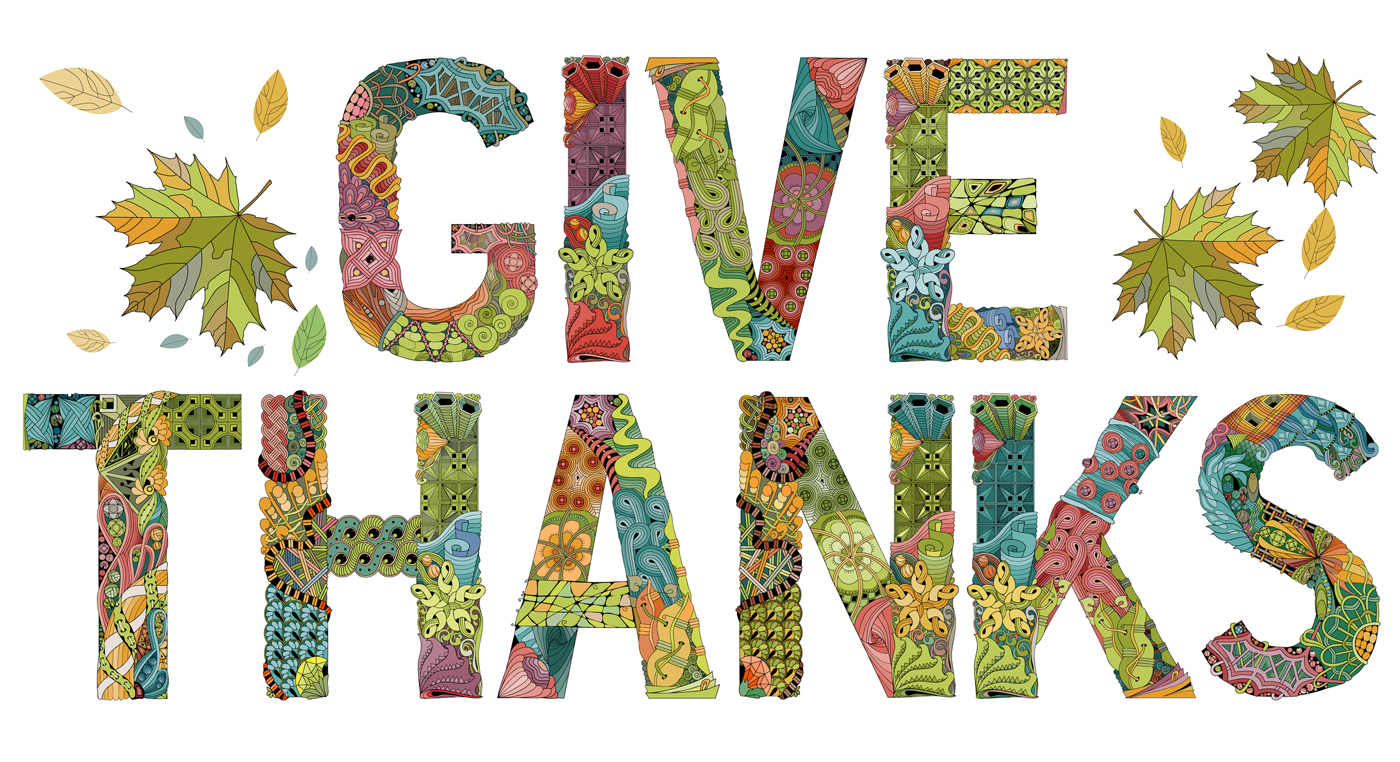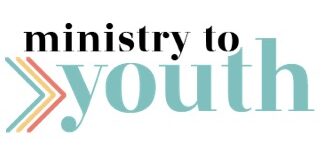Youth Group Thanksgiving Ideas – Junior High Ministry

Written by Mike Sheley
DOWNLOAD THIS LESSON IN PDF FORM FOR FREE
There are a number of topics where we tell junior highers they need to do something, but fail to give them a tangible, specific action step to help them put the idea into practice.
Being thankful or giving thanks is one of those topics.
We get reminded in the fall about the concept of “being grateful” due to the national holiday of Thanksgiving. However, even that can be overshadowed by the importance of competition in football, celebration in parades, and consumerism with Black Friday.
So here are some ideas to help junior high students go from knowing they should be thankful to expressing that gratitude to God and others.
THANKSGIVING IDEAS FOR JUNIOR HIGH MINISTRY
Supplies
- Bibles
- Index cards (or Thank You cards)
- Pens, Markers, Crayons
- Optional: envelopes, stamps, addresses
Start with the Bible
- Psalm 100:1-5
- Psalm 136:1-26
- Philippians 1:3; 4:6
- Colossians 3:15-16
Thank God (Written Prayers)
As you read through the verses above or do your own word search, it is clear that the Bible emphasizes how we need to be thanking God for all He has done, is doing and will do in all situations and circumstances. Students may be familiar with thanking God for food before a meal, but use this as an opportunity for them to get specific and creative in thanking God through written prayers.
Before giving supplies to students, read the passage or a few passages to see what the Bible says about thanks.
Then brainstorm several examples specific in the lives of these junior highers for what they can be thankful to God. Then hand out the supplies.
Have each student write out a prayer on the index card telling God at least one thing they are thankful for right now. Then give them a few minutes to either write more, explaining why they are thankful or even drawing images expressing their gratitude to our generous God.
You can pin these up on a bulletin board or space where your junior highers will see them or simply send them home with the students to remind them to take time regularly to give thanks to God.
Thank Others
It is easy to say “Thanks” or type a quick “thx” to other people. However, there is a reason why people keep hand-written notes and cards.
They are personal and remind you that someone took the time to think about you and write out their thoughts. If our love for God should be reflected in how we love others, then our gratitude should be expressed to others similarly to how we thank God. (1 Thessalonians 4:9)
Start again by brainstorming people who have helped these junior highers. They may tend to be vague and talk in general terms. Push them to get very specific.
If you have time to split this up, let this be the first part of a two-week project. Then, contact their parents with the names of these people to collect addresses. On the second week, you can have these addresses and stamps on hand to be able to put the thank you notes in envelopes and mail them out.
If you are doing this all at once, then hand out index cards or thank you cards to the students. Have them each write a note of thanks on the card and quote one of the verses you looked at earlier. Encourage them to be very specific as to what they are thankful for and add any extra explanations or drawings that would help make this a personal note. Then challenge students to make sure they mail or deliver these notes this week.
Simple Means Doable
This is not a complex or mind-blowing service project. But too often, we have the best of intentions and the actions never follow. Keeping this simple means you can add this to any lesson.
You might even set up a station in your space where students can do this any time. Keeping it simple also means we are modeling for students a practice they can do on their own without us having to help them. That’s important for junior highers as they begin to own their faith.
Let me close by thanking you! By working with junior highers, you probably get strange looks from people who don’t understand why you chose this age group. And you probably don’t get enough gratitude from others for this ministry.
But as a fellow youth worker passionate about this age group, and as a parent of junior higher myself, THANK YOU!
It’s not as good as me writing you a personal note, but be reminded as you lead students to be thankful, that there are way more people out there who are thankful for you and what you do than you will ever know.
 Mike is the Middle School Pastor at Mount Pleasant Christian Church in Greenwood, Indiana, where he oversees their ministries for 5th-8th graders. He’s been in full-time youth ministry over 15 years with most of that time focused on preteens and junior highers.
Mike is the Middle School Pastor at Mount Pleasant Christian Church in Greenwood, Indiana, where he oversees their ministries for 5th-8th graders. He’s been in full-time youth ministry over 15 years with most of that time focused on preteens and junior highers.
